Frequently asked questions
Company News
- Punched aluminum veneer: the new darling of creative space
- Aluminum veneer curtain wall, the fashionable outerwear of modern architecture
- Aluminum veneer: the "light luxury" choice for modern architecture
- Curtain wall aluminum veneer: a fashionable outerwear in modern architecture
- Aluminum veneer curtain wall, the "invisible armor" of modern architecture
Industry dynamics
- Aluminum veneer: the fashionable choice of modern architecture, revealing its charm!
- What impact does the thickness of aluminum veneer have on its price?
- Punched aluminum veneer: infinite creativity, the new darling of fashionable building materials
- Aluminum veneer customization, a new choice for personalized space
- Fluorocarbon aluminum veneer, the new darling of the aluminum industry!
Frequently asked questions
- Can aluminum veneer be applied to the exterior design of sports buildings?
- Can the insulation function of aluminum veneer be long-lasting and effective?
- What are the maintenance methods for aluminum veneer?
- How does aluminum veneer affect indoor temperature?
- Is the use of aluminum veneer limited by geographical environment?
contact us
Mobile:+86 15627778610
Email: 2201229786
Address: No. 5 Binjiang Road, High tech Zone, Zhaoqing City, Guangdong Province
How sustainable is aluminum veneer?
- Author: Xinlongtai Aluminum Industry (Guangdong) Co., Ltd
- Release time: 2022-02-28 22:31:45
- Click:0
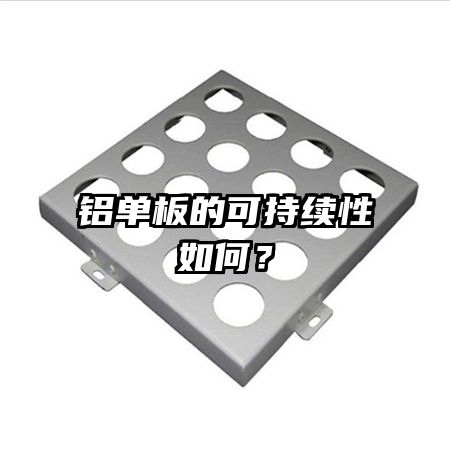
Aluminum veneerHow sustainable is it?
Abstract: This article will elaborate on the sustainability of aluminum veneer from four aspects. Firstly, we will explore the renewability and recycling of aluminum veneer. Secondly, we will analyze the environmental impact and lifecycle assessment of aluminum veneer. Then, we will discuss the energy-saving performance and carbon footprint of aluminum veneer. Finally, we will explore the sustainable application of aluminum veneer in the construction industry.
1、 Renewability and recycling
1. The renewability of aluminum veneer: Aluminum is one of the abundant metals in the Earth's crust and can be extracted from ores. In the manufacturing process of aluminum veneer, the aluminum material used can be recycled, reducing dependence on natural resources.
2. The recycling and reuse of aluminum veneer: Aluminum veneer can be recycled and reused, and the quality of the recycled aluminum material will not suffer too much loss. By recycling aluminum veneer, the generation of waste can be reduced and environmental pollution can be minimized.
3. Other opinions: According to research, the recovery rate of aluminum veneer is relatively high, reaching over 80%. This means that aluminum veneer has good potential for renewability and recycling.
2、 Environmental Impact and Life Cycle Assessment
1. Environmental impact: The manufacturing process of aluminum veneer will generate certain energy consumption and carbon emissions. In addition, the extraction and processing of aluminum can also have a certain impact on the environment. Therefore, reducing the environmental impact during the production process of aluminum veneer is the key to improving its sustainability.
2. Life cycle assessment: By evaluating the entire lifecycle of aluminum veneer, its impact on the environment can be comprehensively understood. Life cycle assessment includes processes such as raw material collection, manufacturing, transportation, use, and disposal. By optimizing the environmental performance of each link, the sustainability of aluminum veneer can be improved.
3. Other opinions: Research shows that the environmental impact of aluminum veneer is relatively low throughout its entire lifecycle. However, further improvements are still needed in the production process to reduce energy consumption and carbon emissions.
3、 Energy saving performance and carbon footprint
1. Energy saving performance: Aluminum veneer has good thermal insulation and thermal insulation properties, which can reduce the energy consumption of buildings. Its surface coating can also reflect solar radiation, lower indoor temperature, and reduce the use of air conditioning.
2. Carbon footprint: During the production process of aluminum veneer, a certain amount of carbon emissions will be generated. However, due to the long lifespan and recyclability of aluminum veneer, its overall carbon footprint is relatively low. Compared to other materials, aluminum veneer has a smaller carbon footprint in the construction industry.
3. Other perspectives: Research has shown that the energy-saving performance and carbon footprint of aluminum veneer are important aspects of its sustainability. Reasonably utilizing the insulation and thermal performance of aluminum veneer can effectively reduce the energy consumption and carbon emissions of buildings.
4、 Sustainable applications in the construction industry
1. Architectural exterior wall decoration: Aluminum veneer is widely used in architectural exterior wall decoration, and its beautiful and durable characteristics have been favored by architects and designers. At the same time, the sustainability of aluminum veneer also meets the requirements of modern architecture for environmental protection and sustainable development.
2. Energy saving buildings: Aluminum veneer plays an important role in energy-efficient buildings. By utilizing the thermal insulation and thermal insulation properties of aluminum veneer reasonably, the energy consumption of buildings can be reduced and the energy efficiency of buildings can be improved.
3. Other opinions: In the construction industry, the sustainable application of aluminum veneer is receiving increasing attention. Its excellent performance and sustainability characteristics make it an important component of sustainable development in the construction industry.
5、 Summary:
In summary, aluminum veneer has good sustainability characteristics. Its renewability and recycling potential are high, and its impact on the environment is relatively low. The energy-saving performance and carbon footprint of aluminum veneer also meet the requirements of the construction industry for sustainable development. The sustainable application of aluminum veneer in exterior wall decoration and energy-efficient buildings has been widely recognized. In the future, we need to continuously improve the production process of aluminum veneer, further enhance its sustainability, and promote the sustainable development of the construction industry.

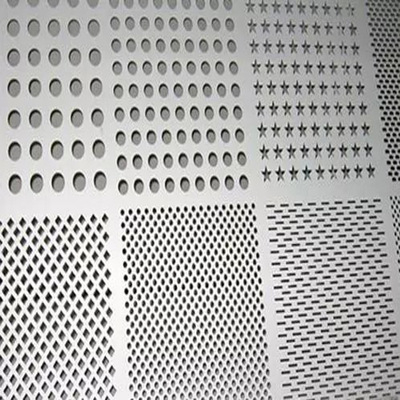
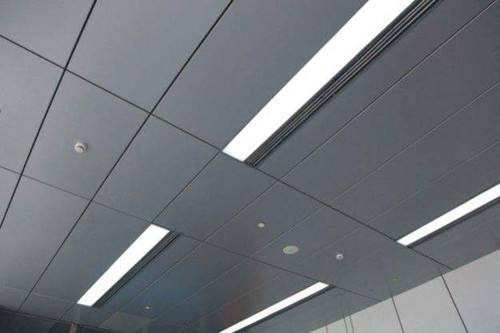
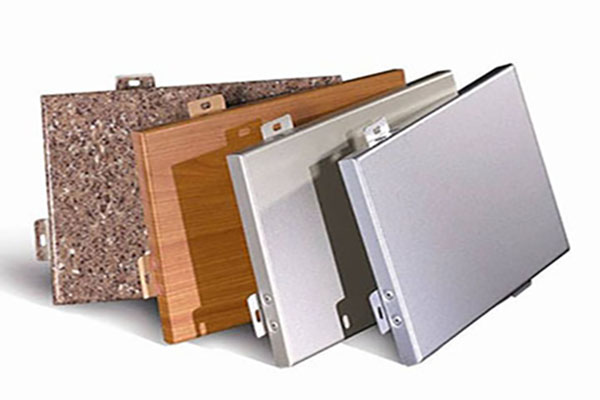
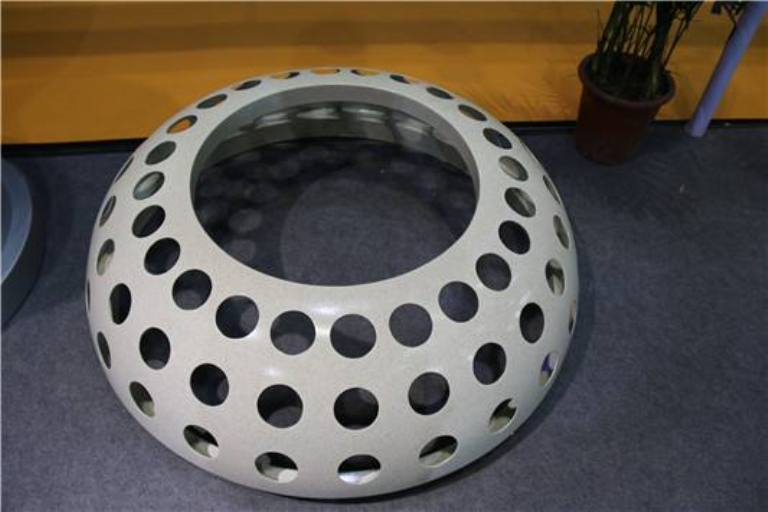

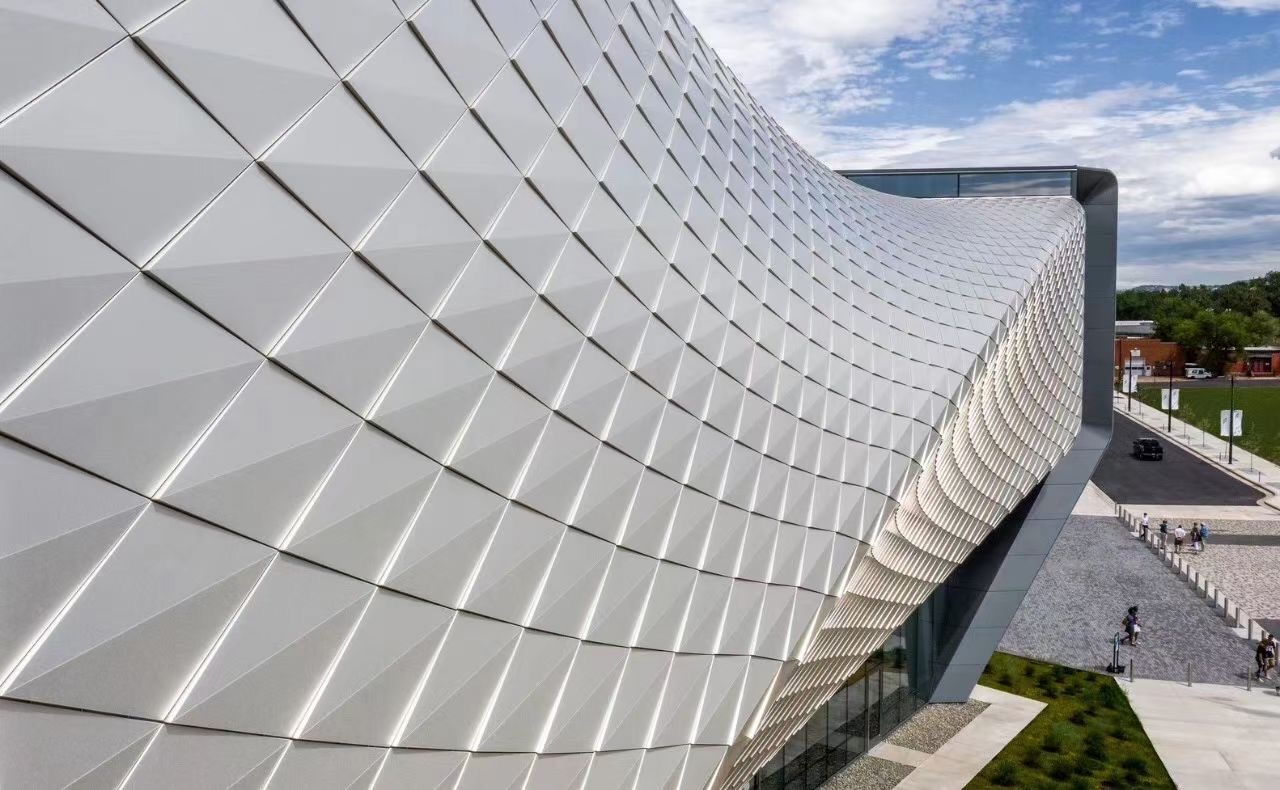
 Customer service QQ
Customer service QQ